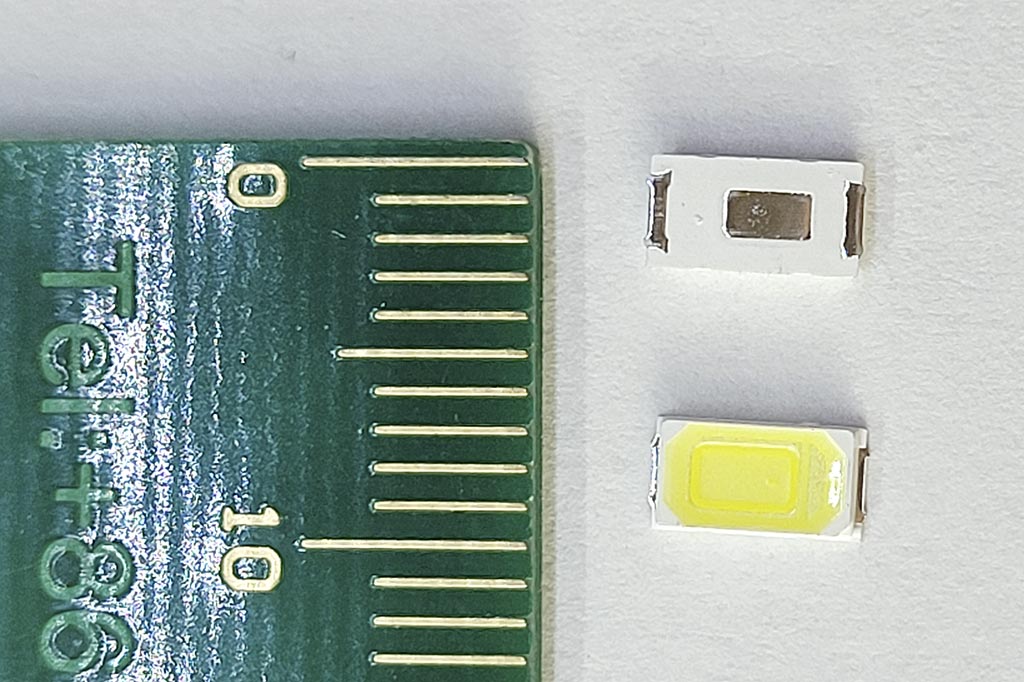| www.tmatlantic.com
Test & Soldering Equipment On-line Store |
|
D.E.V.I.C.E. (Wiki)Calculators Services |
|||||
Filter by first letter
|
Light-Emitting Diode (LED)A light-emitting diode (LED) is a semiconductor element with two terminals, anode and cathode, and unidirectional current flow (from anode to cathode). In order to turn on an LED, a voltage of the correct polarity must be applied to it and thereby ensure the flow of electric current in the required direction. In Fig. Figure 1 shows the current-voltage characteristic (VAC) I(V). This dependence is exponential. Judging by this I(V) relationship, each voltage value will correspond to a certain amount of current that flows through the LED. The brightness of the LED depends on this, since the higher the voltage, the higher the current value.
Connecting an LED to a power source without limiting circuits is unacceptable, as this may lead to LED burnout. For each type of LED, the rated current (Io) is indicated. LEDs are divided into indicator and lighting. Indicator LEDs appeared much earlier than lighting ones and are characterized by lower power compared to lighting. Indicator LEDs are shown in Fig. 2.
LED lighting fixtures are often produced using SMD technology. The most popular led in light fixtures are the following LED sizes:
An example of a typical 5730 lighting LED - both sides - is shown in Figure 3.
SMD LED type 5730 – powerful LEDs with direct voltage up to 3V and current up to 150mA. The luminous flux intensity varies from 40 Lm to 50 Lm. The materials of the light-emitting crystal are Indium (In), Gallium (Ga) and Nitrogen (N). The use of additives and different production technologies makes it possible to obtain different shades of white light: pure white and warm white. The housing of SMD 5730 LEDs is made of heat-resistant plastic, the dispersion lens is transparent, filled with epoxy resin. A distinctive feature of the presented LEDs is a large heat-dissipating substrate, which ensures good heat dissipation. Size 5730 indicates the overall dimensions of the LED - 5.7 x 3.0 mm. LEDs are mounted on the surface using SMD technology (Surface Mounted Device) using group soldering or using a hot-air soldering station. The reflow process is recommended to be carried out in compliance with the time-temperature conditions of soldering. The cathode pin of the 5730 chip LEDs is visually determined by a small cut off the corner of the housing. The operating temperature of the environment is no more than +85°C, the reduced operating temperature is not lower than -40°C. Power losses do not exceed 612 mW. Wide beam angle – 120 degrees. To power LEDs, specialized devices called LED Drivers are used. |
Site mapPrivacy policyTerms of Use & Store PoliciesHow to BuyShippingPayment




|




























